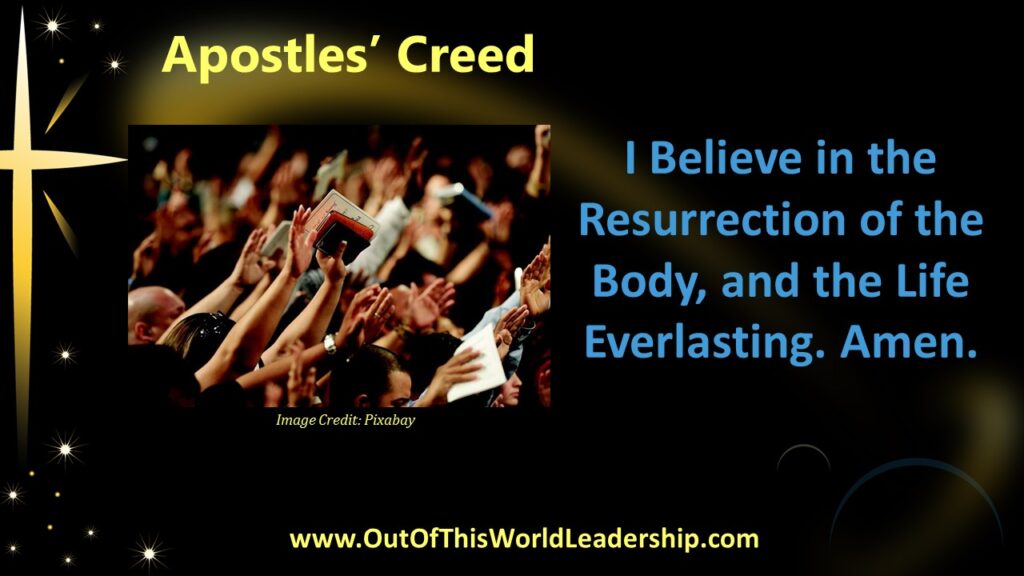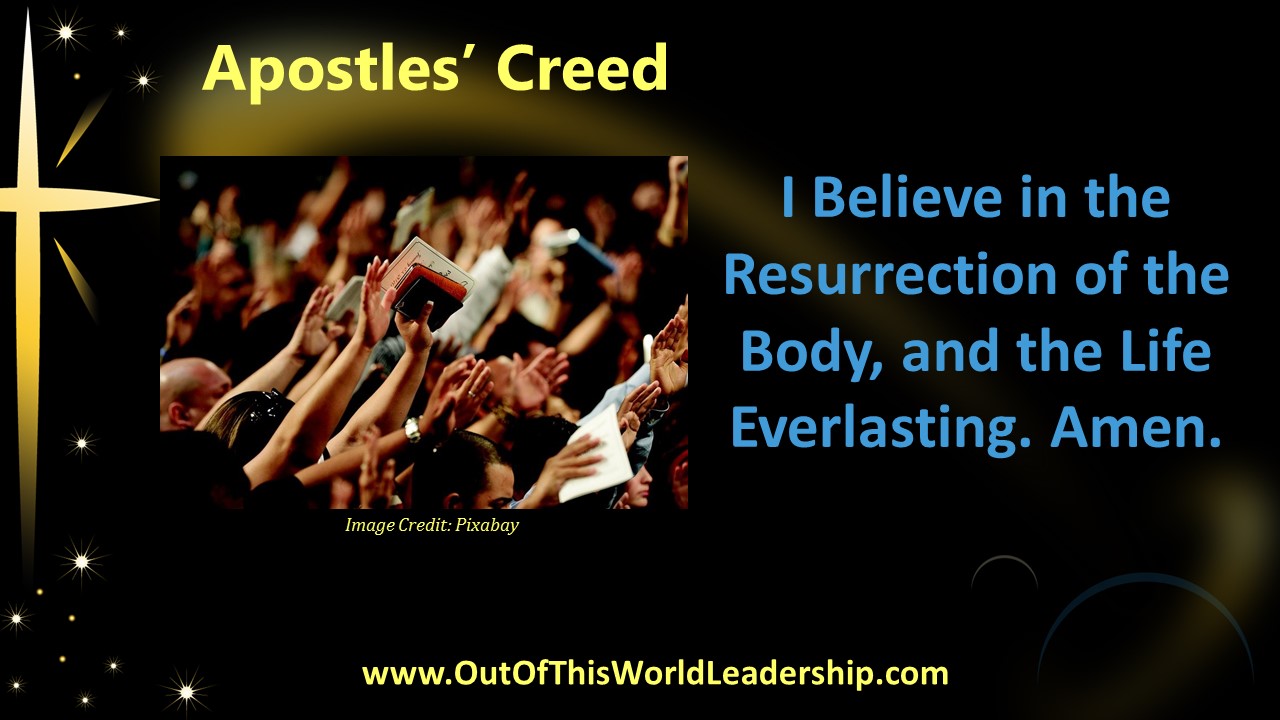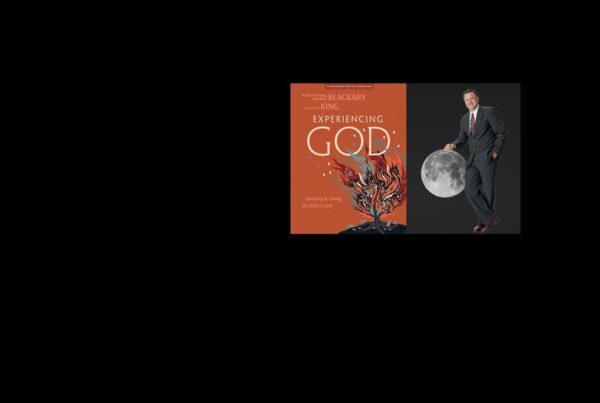
Every religious tradition, every culture, every family, and every individual has some concept of hope. It’s what you’re hoping for and what you hope in that drives everything about how you’re living your life.
We know that no matter what we achieve—greater freedom, greater liberty, better health, greater medical advances, fewer problems—things don’t get any better. We may improve our quality of life—maybe—but sin, brokenness, and death are still inescapable. We can’t repair the fracture in our lives or in the world around us.
“The resurrection of the body, and the life everlasting”—this phrase is the foundation of Christian hope, Christian courage, and the ordering of the Christian life.
Click here for more from Chandler, McGrath, Myers, Packer, and Mohler



